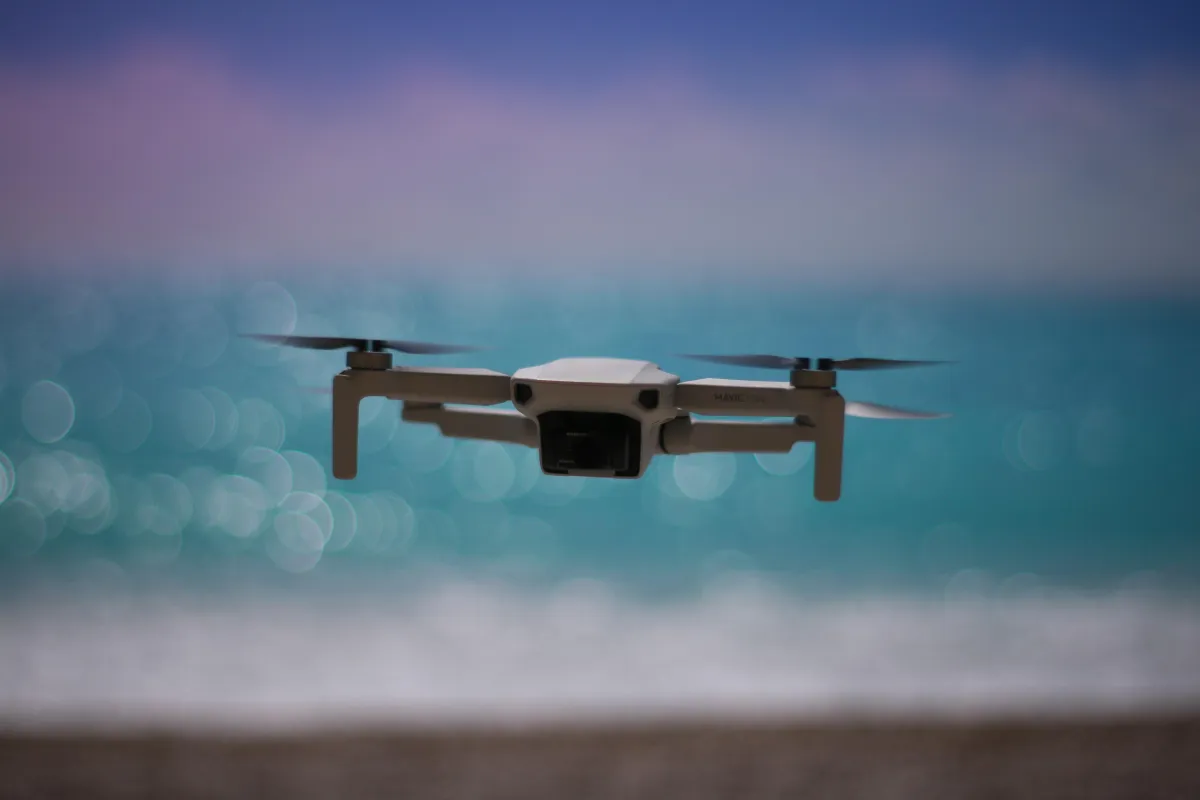
What is a Drone? - Comprehensive Overview
Drones have always fascinated me. From their inception to the cutting-edge technology they employ today, they've opened up a world of possibilities. So, if you're wondering, "What is a drone?" you've come to the right place.
Introduction
Drones have become ubiquitous in our lives, offering a unique perspective on the world from above. These aerial vehicles have evolved beyond their military origins into a powerful tool for enthusiasts, photographers, and industry professionals alike. In this article, I'll share my passion for drones and provide insights into what makes them so remarkable.
What is a Drone?
At its core, a drone is a flying vehicle, also known as an unmanned aerial vehicle (UAV) that can be controlled remotely or autonomously. Unlike traditional manned aircraft, drones do not require a human pilot on board. Instead, they are operated from the ground or, in some cases, pre-programmed to carry out specific tasks independently.
Drones come in various shapes and sizes, from compact quadcopters to larger fixed-wing models, each designed for specific tasks and purposes. They can be equipped with a range of sensors, cameras, and other technologies that enhance their functionality and versatility.
Different Types of Drones
Drones can be categorized into several types, including quadcopters, fixed-wing drones, hexacopters, and more. The choice of drone type depends on the intended use and operational requirements.
History of Drones
The evolution of drones traces its origins to military applications in the early 20th century. However, our fascination with exploring the skies and gaining a bird's-eye view has roots in history, drawing inspiration from various inventions along the way. Innovations such as kites, balloons, hot air balloons, paper planes, and remote control technologies collectively contributed to refining the drones we now encounter and embrace in the modern era.
Civilian and Commercial Adoption
In recent years, drones have transitioned from being primarily military assets to valuable tools in the civilian and commercial sectors. Advances in technology have made drones more accessible and affordable, enabling a wide range of applications.
Personal Enthusiasm for Drones
As an enthusiast in the world of drones, I can't help but be captivated by their potential. Whether it's capturing stunning aerial photos, assisting in search and rescue operations, or revolutionizing industries like agriculture and filmmaking, drones have a profound impact on our lives, expanding their applications far beyond the battlefield.
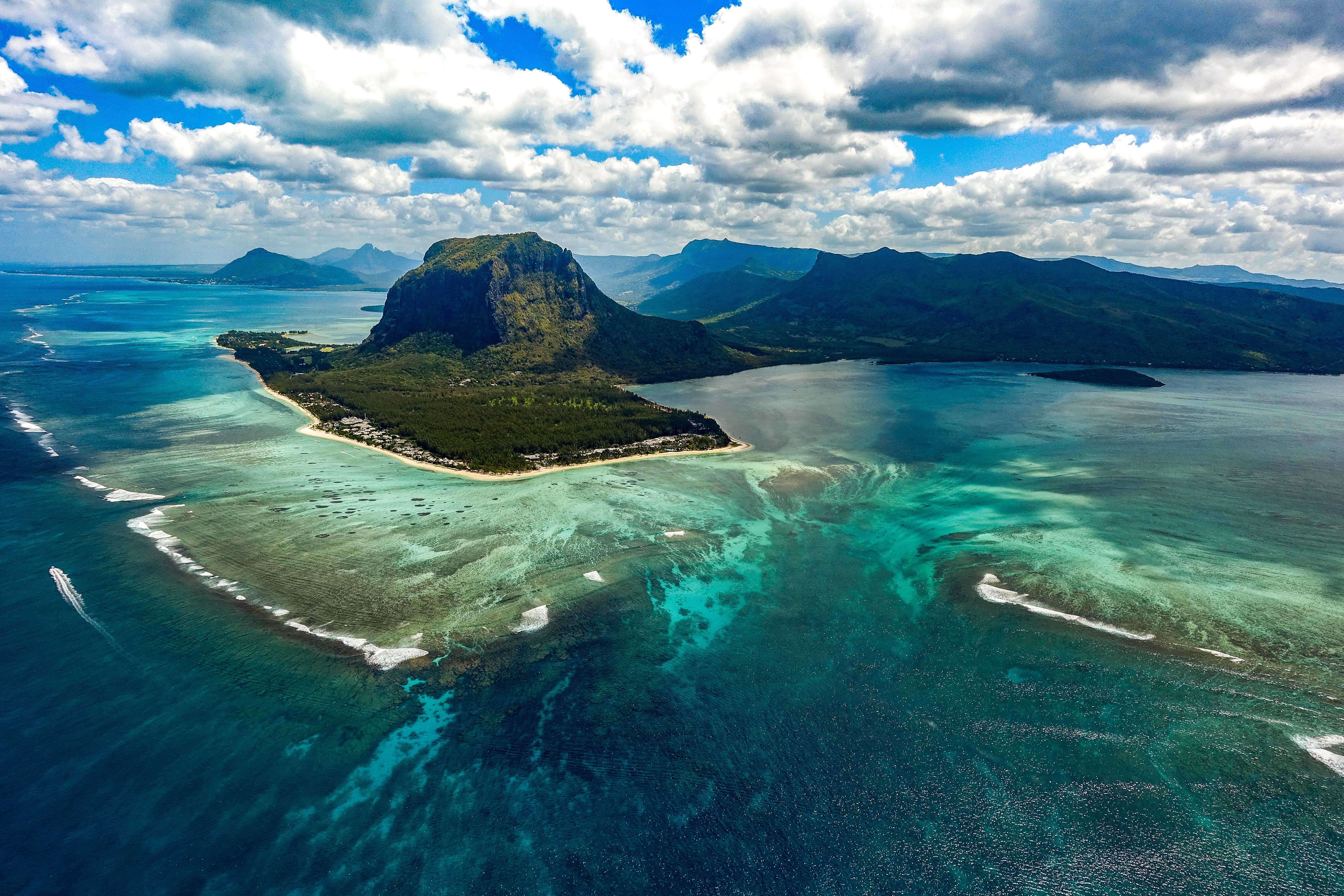
How Do Drones Work?
Understanding the technology behind drones is crucial to appreciating their capabilities. These components and flight mechanisms collectively make drones versatile tools with a wide range of applications, from aerial photography and videography to scientific research and search-and-rescue operations. Understanding the technology and how these components work together is crucial for both drone enthusiasts and professionals to make the most of their drones and ensure safe and efficient operations.
Explanation of Drone Technology
Flight Control Systems: Drones are equipped with flight control systems that consist of gyroscopes and accelerometers. These sensors constantly measure the drone's orientation and movement. The flight controller uses this data to make rapid adjustments to the motors' speed and direction, ensuring stable flight.
GPS Navigation: Many modern drones incorporate Global Positioning System (GPS) technology. GPS enables precise positioning and navigation. It allows drones to maintain their position in the sky, follow predefined flight paths, and return to their takeoff point automatically.
Remote Control: Drones can be operated remotely using a controller or mobile app. The operator can manipulate the drone's flight by sending signals to the onboard computer, which in turn adjusts the drone's movements and responds to commands.
Components of a Drone
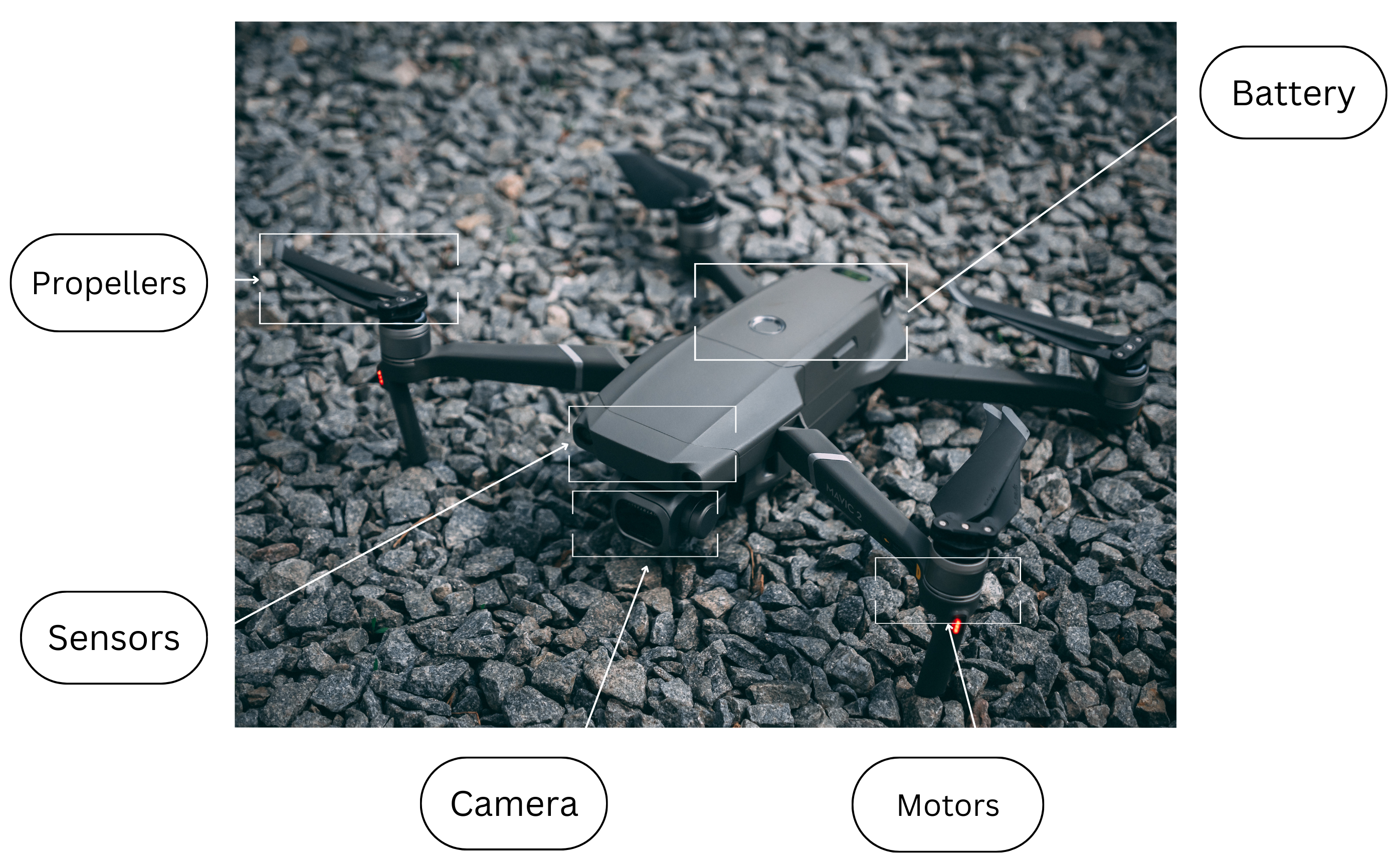
Propellers and Motors:
Propellers: Drones typically have multiple propellers (rotors) that generate lift and propulsion. Quadcopters have four propellers, while hexacopters and octocopters have six or eight. The rotation speed of these propellers determines the drone's movement.
Motors: Electric motors power the propellers. They receive commands from the flight controller to adjust the drone's altitude, direction, and stability.
Power source:
Batteries: Drones rely on rechargeable lithium-polymer (LiPo) or lithium-ion (Li-ion) batteries for power. Battery capacity affects flight time, and drone operators must monitor the battery level to prevent the drone from running out of power during flight. Drones often have smart battery management systems to monitor voltage and prevent over-discharging.
Sensors:
Drones are equipped with various sensors, including cameras, ultrasonic sensors, LiDAR (Light Detection and Ranging), and infrared sensors. These sensors provide data on the drone's surroundings, enabling obstacle detection, terrain mapping, and aerial photography.
Cameras: Many drones come equipped with cameras for capturing photos and videos. These cameras may have gimbal stabilization to ensure smooth, jitter-free footage.
Ultrasonic Sensors: Ultrasonic sensors measure distance by sending and receiving sound waves. They are often used for altitude control and obstacle avoidance.
LiDAR (Light Detection and Ranging): LiDAR sensors use laser beams to create detailed 3D maps of the environment. They are valuable for terrain mapping and precise obstacle avoidance.
Infrared Sensors: Infrared sensors can detect temperature variations and are used for tasks like thermal imaging and tracking heat sources.
Drone Flight Mechanisms
Drones can perform several flight maneuvers and maintain stability using their onboard systems:
Hovering: Drones can maintain a stable position in the air by adjusting the speed of their propellers. The flight controller continuously analyzes data from sensors to counteract external forces, such as wind, to keep the drone in place.
Vertical Takeoff and Landing (VTOL): Some drones, especially fixed-wing models, are capable of vertical takeoff and landing, making them versatile and suitable for various environments.
Autonomous Flight: Advanced drones can be programmed to follow specific flight paths or waypoints autonomously. GPS and onboard sensors enable precise navigation, making them ideal for tasks like aerial mapping and surveying.
Obstacle Avoidance: Drones use a combination of sensors, including ultrasonic, LiDAR, and cameras, to detect obstacles in their path. The flight controller can adjust the drone's course to avoid collisions, enhancing safety during flight.
Return-to-Home (RTH): Many drones have a built-in RTH function. When activated, the drone automatically returns to its takeoff point if it loses communication with the operator or if the battery reaches a critical level. This feature helps prevent flyaways and ensures the drone's safe return.
Practical Uses of Drones
Drones have revolutionized a multitude of industries by offering cost-effective, efficient, and innovative solutions. Here are some practical applications of drones:
1. Agriculture:
Crop Monitoring: Drones equipped with multispectral cameras can monitor crop health by capturing images in different wavelengths. This data helps farmers identify areas that require attention, such as pest infestations or nutrient deficiencies.
Precision Agriculture: Drones can precisely apply fertilizers and pesticides, reducing waste and environmental impact while maximizing crop yields.
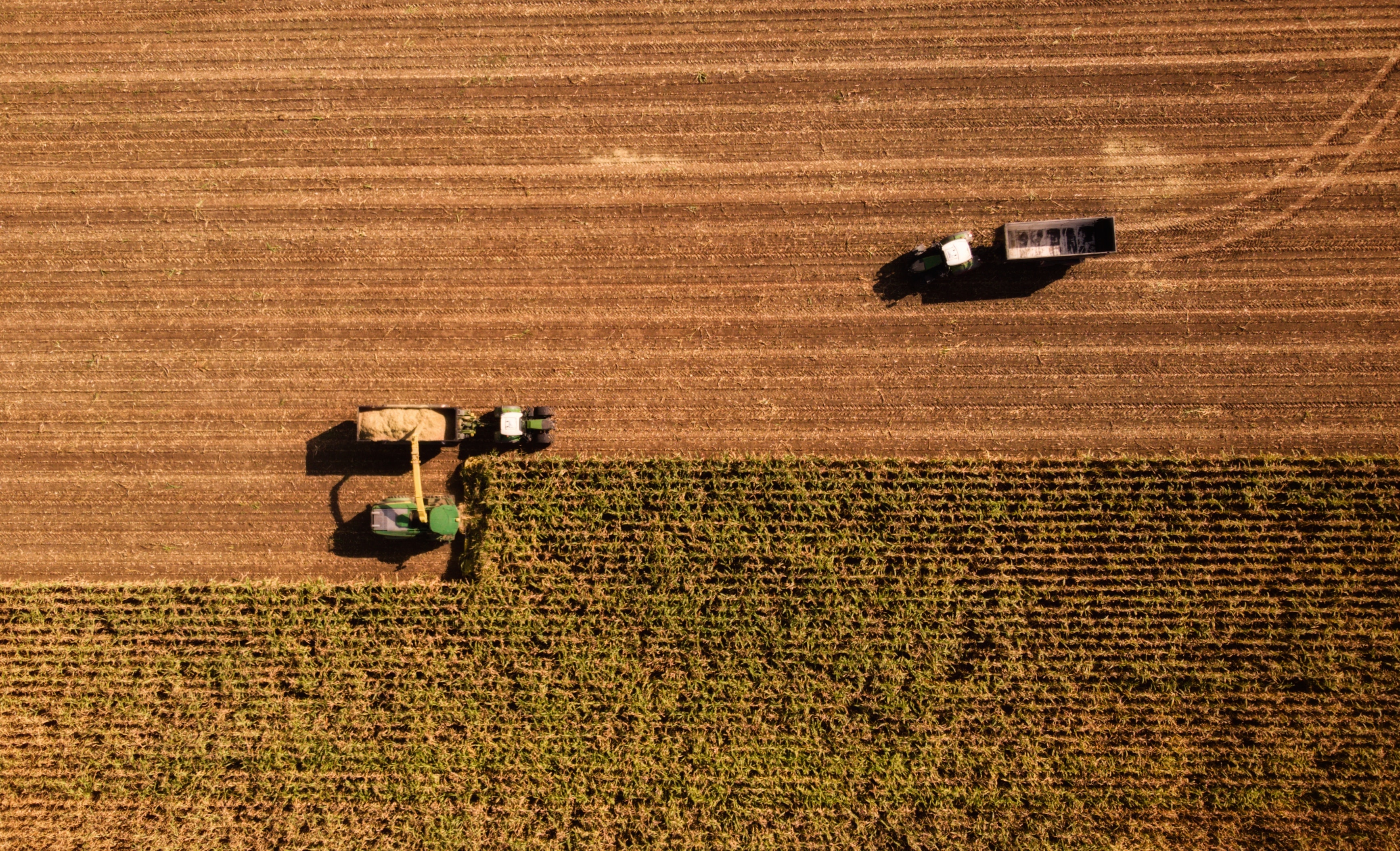
2. Construction:
Site Inspection: Drones provide a bird's-eye view of construction sites, allowing project managers to monitor progress, identify potential issues, and ensure safety compliance.
Surveying and Mapping: Drones equipped with LiDAR or photogrammetry technology can create detailed 3D maps, improving accuracy in land surveying and topographical analysis.
3. Environmental Conservation:
Wildlife Monitoring: Drones help scientists and conservationists track and study wildlife populations, reducing the disturbance caused by traditional ground-based methods.
Anti-Poaching: Drones equipped with thermal cameras can aid in anti-poaching efforts by detecting poachers and monitoring protected areas.
4. Search and Rescue:
Emergency Response: Drones equipped with thermal imaging cameras and high-resolution cameras assist search and rescue teams in locating missing persons or disaster survivors, even in challenging terrain or low-light conditions.
5. Media and Entertainment:
Aerial Photography and Videography: Drones enable filmmakers and photographers to capture breathtaking aerial shots for movies, documentaries, and advertising.
Live Event Coverage: Drones can provide dynamic coverage of live events, from sports competitions to concerts, offering unique angles and perspectives.
6. Infrastructure Inspection:
Utility Lines and Towers: Drones are used to inspect power lines, wind turbines, and cell towers, reducing the need for risky human inspections.
Bridge and Dam Inspection: Drones equipped with high-resolution cameras and LiDAR technology can assess the structural integrity of infrastructure like bridges and dams.
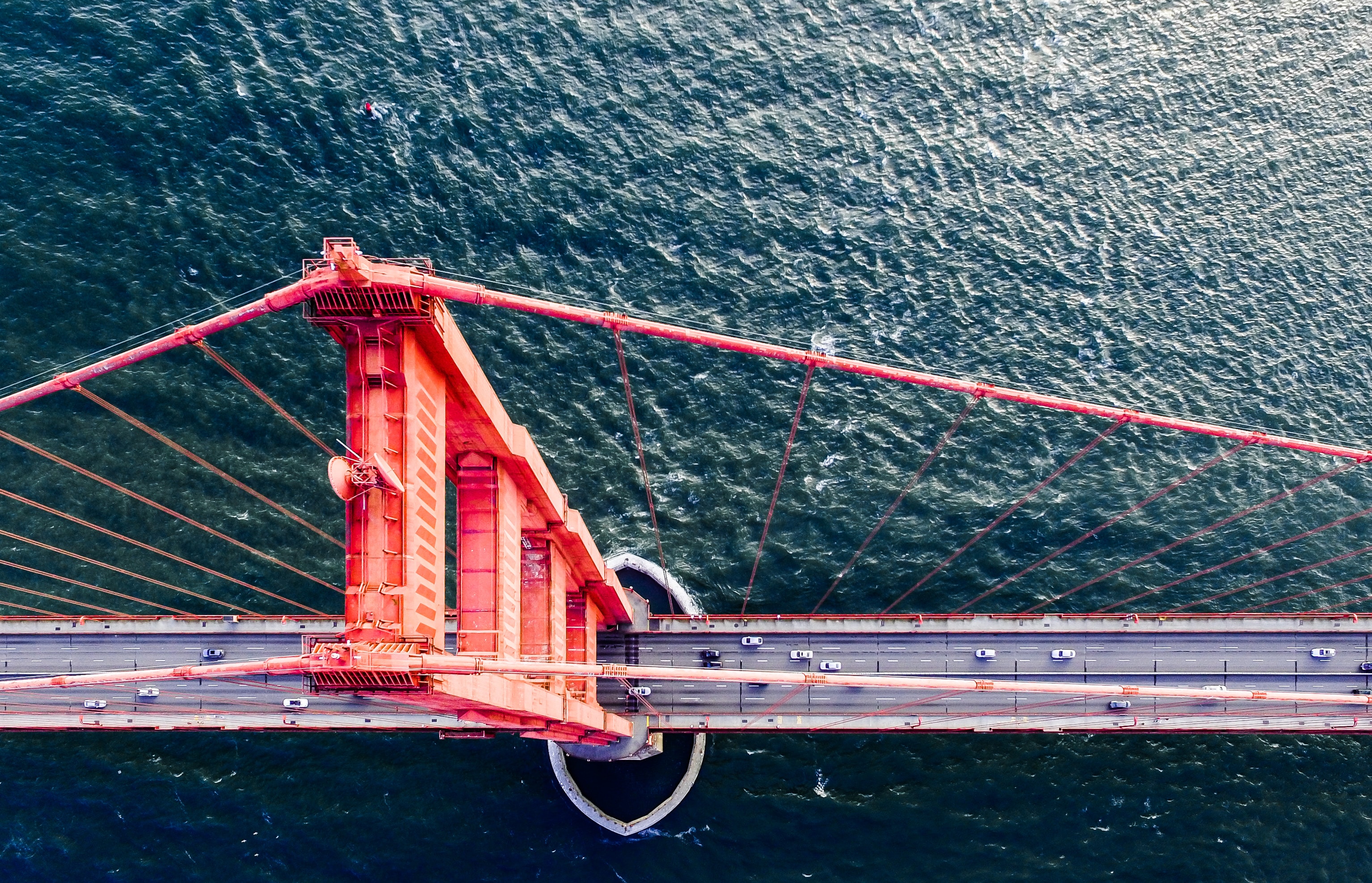
7. Delivery Services:
Last-Mile Delivery: Companies like Amazon and UPS are exploring drone delivery systems to efficiently transport packages to customers' doorsteps.
8. Mining and Quarrying:
Stockpile Measurement: Drones equipped with LiDAR technology can accurately measure stockpiles of minerals and materials, improving inventory management.
9. Surveying and Mapping:
Land Surveying: Drones equipped with GPS and survey-grade cameras can rapidly collect topographical data and create highly accurate maps for construction, urban planning, and land development.
10. Oil and Gas:
Pipeline Inspection: Drones can inspect pipelines and offshore platforms for leaks, corrosion, and structural integrity, enhancing safety and reducing downtime.

These are just a few examples of how drones are transforming industries across the board. Their versatility and ability to access remote or hazardous areas while providing valuable data have made them indispensable tools in today's world. As technology continues to advance, we can expect even more innovative applications for drones in the future.
Choosing the Right Drone
Drones come in various sizes, shapes, and capabilities, making it essential to consider several factors before making a purchase. Whether you're an enthusiast, a professional, or someone exploring drones for the first time, here's what you should consider:
1. Purpose and Intended Use:
Photography and Videography: If you're primarily interested in capturing high-quality photos and videos, look for a drone with a stabilized camera gimbal and excellent image quality. Features like 4K video recording and RAW photo capture are valuable for professional content creation.
Recreational Flying: For casual flying and fun, beginner-friendly drones with easy-to-use controls and safety features are ideal. These drones are often affordable and can be a great starting point.
Professional Applications: If you're planning to use the drone for commercial purposes like aerial mapping, surveying, or inspection, consider a more advanced model with specialized sensors, longer flight times, and precise GPS capabilities.
2. Budget:
Drones come in a wide price range, from budget-friendly options to high-end models. Determine how much you're willing to invest in a drone and find one that offers the best value for your budget. Keep in mind that additional costs may include spare batteries, accessories, and maintenance.
3. Camera Quality:
For those interested in aerial photography or videography, camera quality is paramount. Look for drones with high-resolution cameras, stable gimbal systems, and advanced shooting modes. Consider factors like sensor size, aperture, and the ability to shoot in RAW format for professional-grade results.
4. Flight Time:
Flight time refers to how long the drone can stay in the air on a single battery charge. Longer flight times are beneficial, especially if you plan to capture extensive footage or cover large areas. Keep in mind that flight time can vary based on the drone's size and payload.
5. Range and Connectivity:
Consider the drone's maximum control range and the quality of its remote control or transmitter. Drones with longer control ranges provide more freedom for exploration and capturing distant scenes. Look for models with robust connectivity options like OcuSync or Lightbridge for reliable transmission of live video feed.
6. GPS and Autonomous Features:
GPS-equipped drones offer features like waypoint navigation, return-to-home functions, and precise hovering. These features enhance stability and allow for autonomous flight, making them suitable for tasks like mapping and surveying.
7. Portability and Size:
Think about how and where you plan to use the drone. Compact, foldable drones are more portable and easy to transport, while larger drones may offer better stability and payload capacity. Portability is essential for travel and outdoor adventures.
8. Regulations and Licensing:
Before purchasing a drone, familiarize yourself with local regulations regarding drone operation. Depending on your location and intended use, you may need to obtain licenses or permits. Ensure that your chosen drone complies with these regulations.
9. Brand and Support:
Reputable drone manufacturers often provide better customer support, regular firmware updates, and a wide range of accessories. Consider brands known for their reliability and after-sales service.
10. Reviews and Recommendations:
Read reviews, watch video demonstrations, and seek recommendations from experienced drone users. Real-world experiences can provide valuable insights into a drone's performance, durability, and user-friendliness.
11. Spare Parts and Accessories:
Check the availability of spare parts and accessories for the drone you're considering. Having access to replacement parts and additional accessories can extend the drone's lifespan and functionality.
12. Warranty:
Review the manufacturer's warranty and understand its terms and conditions. A solid warranty can provide peace of mind in case of any manufacturing defects or issues.
By carefully considering these factors and conducting thorough research, you can select a drone that aligns with your goals and preferences. Remember that the right drone for one person may not be the best choice for another, so tailor your decision to your specific needs and interests.
Tips for Flying Drones Safely
Flying a drone responsibly is crucial to prevent accidents and ensure a positive experience.
Learn the Rules and Regulations: Familiarize yourself with local and national drone regulations. Regulations can vary significantly by location and may include rules about flying in specific airspace, altitude limits, and privacy considerations.
Pre-Flight Preparation: Ahead of every flight, conduct a thorough pre-flight checklist. This should include checking the drone's battery level, ensuring propellers are securely attached, verifying that the remote control is functioning correctly, and confirming GPS signal strength.
Location and Weather: Choose a suitable flying location. Steer clear of airports, crowded spaces, and sensitive areas while flying your drone. Check the weather forecast and avoid flying in adverse conditions such as strong winds, heavy rain, or fog.
Visual Line of Sight: Ensure constant visual contact with your drone; never let it leave your sight during operation. Flying beyond your line of sight increases the risk of losing control and collisions with obstacles.
Obstacle Avoidance: Use your drone's obstacle avoidance systems if available. However, do not solely rely on these systems; maintain vigilance and be ready to take control manually.
Flight Training: If you're new to flying drones, start in a spacious area devoid of obstructions. As you become comfortable with the controls and your proficiency improves, progressively explore diverse locations. Alternatively, you may opt for a drone flight training course to expedite your skill development.
Adhere to Manufacturer's Recommendations: Always heed the manufacturer's guidance for safe drone operation. Regularly update firmware and perform equipment calibration as instructed to ensure optimal performance and safety.
By following these tips and practicing responsible drone piloting, you can ensure a safe and enjoyable flying experience while minimizing risks to people, property, and the environment. Remember that safety should always be your top priority when operating a drone.
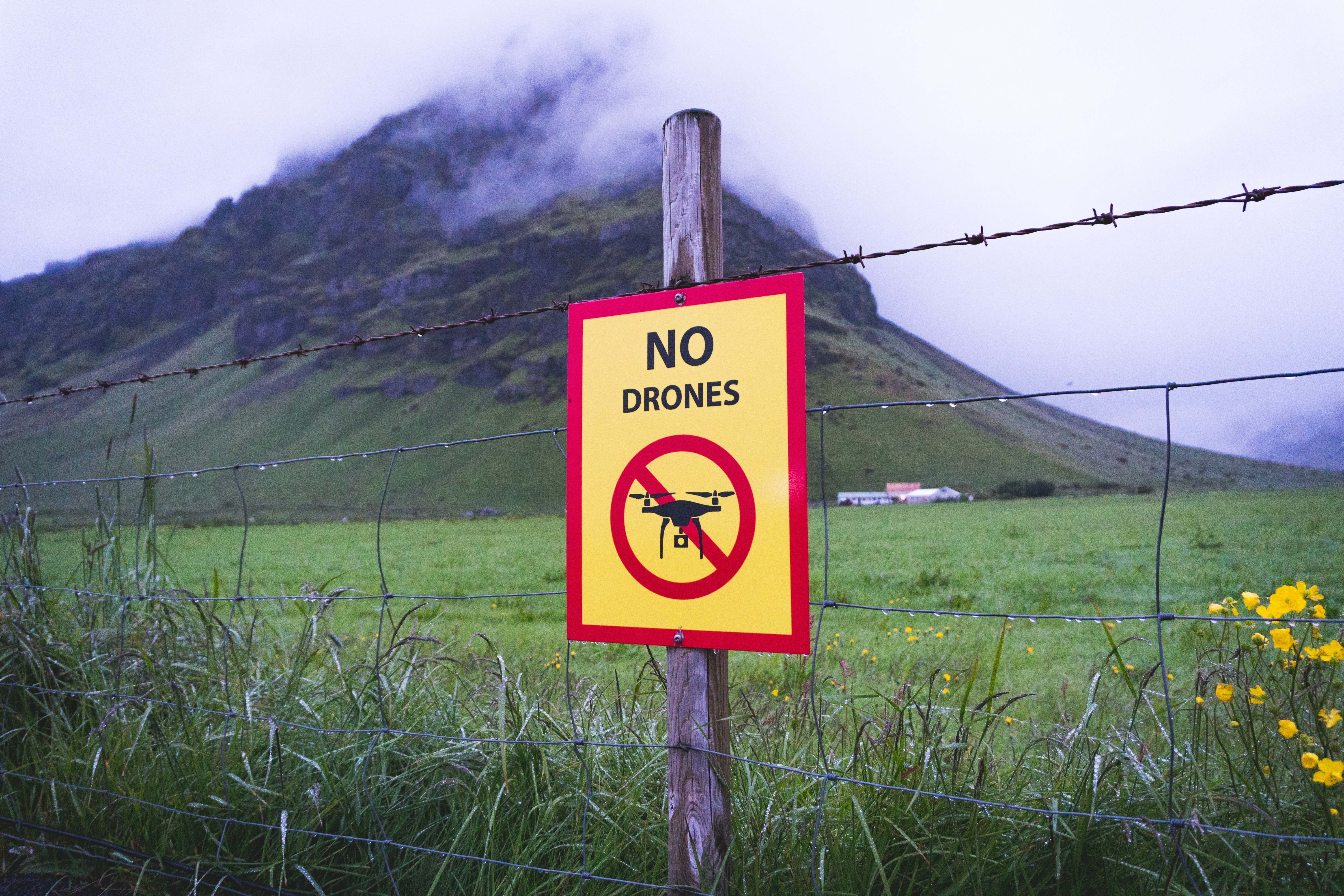
Drone Maintenance and Care
Proper maintenance and care are essential to keep your drone operating smoothly.
1. Post-flight Inspection
After each flight, carefully examine your drone for any signs of damage or wear and tear:
Frame and Body: Examine the drone's frame and body for cracks or structural damage. Pay special attention to the landing gear and arms.
Propellers: Check for any signs of damage, such as chips or cracks. Replace damaged propellers promptly.
Camera and Gimbal: Inspect the camera and gimbal for dirt, scratches, or misalignment. Clean the lens and ensure the gimbal is functioning correctly.
Battery: Allow the battery to cool down before charging it for the next flight. Avoid charging a hot battery, as it can reduce its lifespan.
2. Battery Care
Storage: Store LiPo batteries in a cool, dry place at around 50% charge. Long-term storage with a fully charged or completely depleted battery can damage it.
Charging: Use the manufacturer's recommended charger and follow charging guidelines. Avoid both overcharging and discharging your battery too rapidly for optimal performance and longevity.
Temperature: Fly and charge your drone within the recommended temperature range specified in the user manual.
3. Cleanliness
Dust and Debris: Regularly clean your drone to prevent dust and debris buildup. Use a can of compressed air to blow away dirt from the motors, vents, and other components.
Camera and Sensors: Keep the camera lens, sensors, and obstacle avoidance systems clean for optimal performance.
4. Transportation and Storage
Case or Bag: Invest in a quality carrying case or bag to protect your drone during transportation. Ensure it has compartments for the drone, remote control, spare batteries, and accessories.
Avoid Extreme Temperatures: Avoid leaving your drone in extreme heat or cold for prolonged periods, as it can damage the batteries and electronic components.
5. Drone care
Manufacturer's Updates: Stay up-to-date with firmware updates provided by the manufacturer. Keep your drone's software current; updates often bring bug fixes, performance enhancements, and exciting new features.
Compass and IMU Calibration: Calibrate the drone's compass and Inertial Measurement Unit (IMU) as recommended by the manufacturer, especially if you travel to different locations.
Authorized Service Centers: If your drone requires repairs or servicing, contact authorized service centers or professional technicians to avoid voiding warranties.
Consider Drone Insurance: Depending on your usage and location, consider drone insurance to cover potential accidents, damage, or liability.
By following these maintenance and care guidelines, you can ensure the longevity and reliable performance of your drone. Regular inspections and proper care will help you enjoy safe and trouble-free flights while maximizing the value of your investment.
Future of Drones
Drones have come a long way since their inception, and the future holds even more promising developments. Here are some key areas where we can expect significant advancements in the world of drones:
1. Urban Air Mobility (UAM):
Urban air mobility, often referred to as flying taxis, represents a transformative vision for the future of transportation. Electric vertical takeoff and landing (eVTOL) drones are being developed to transport passengers within and between cities, offering a new level of convenience and reducing congestion on the ground.
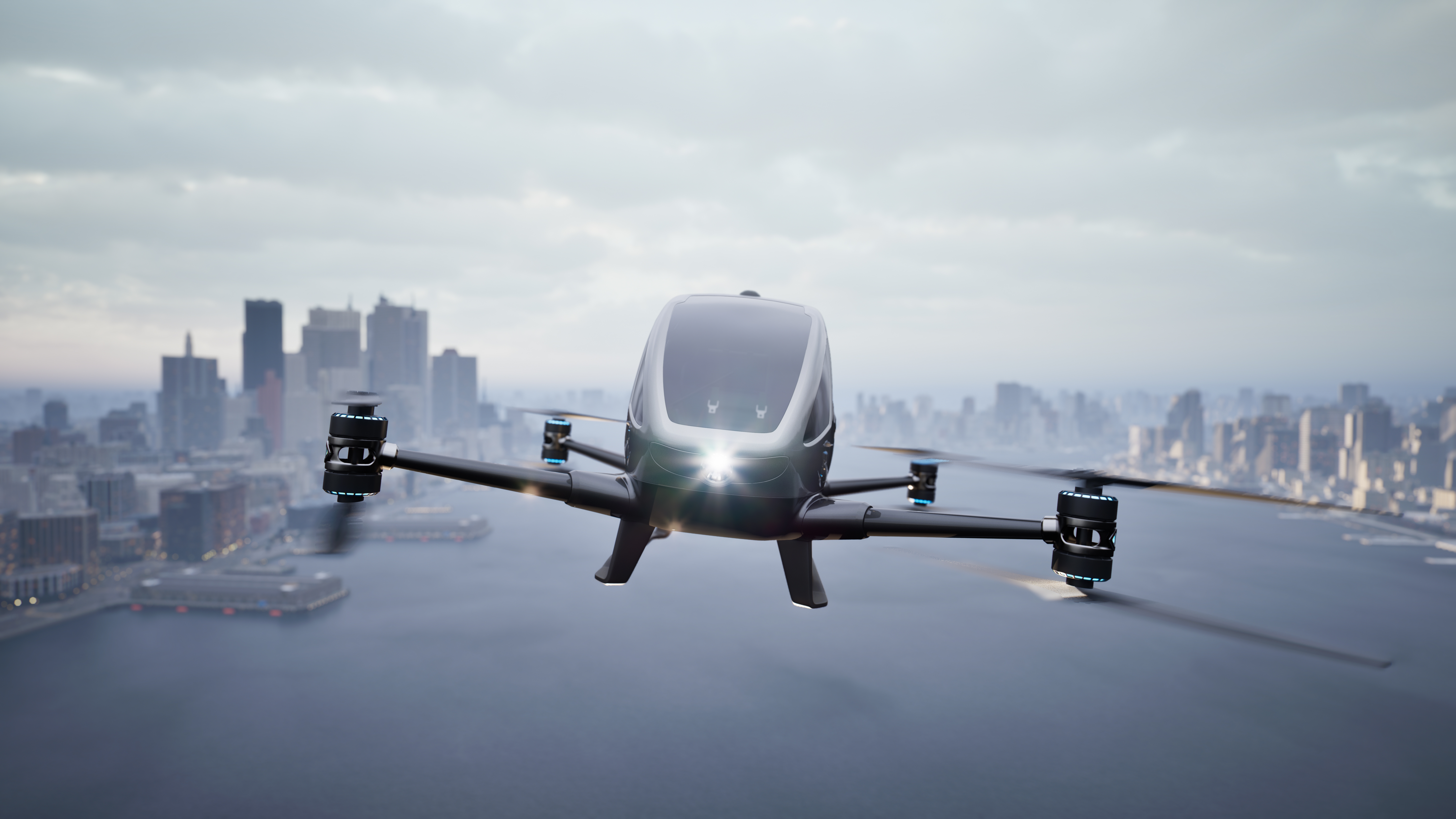
2. Medical Deliveries:
Drones are poised to revolutionize healthcare by enabling faster and more efficient medical deliveries. They can transport medical supplies, vaccines, and even organs for transplantation to remote or inaccessible areas, potentially saving countless lives.
3. Environmental Monitoring:
Drones equipped with advanced sensors are increasingly used for environmental monitoring. They can assess air and water quality, track wildlife migrations, and monitor changes in ecosystems. This data is invaluable for conservation efforts and climate research.
4. Disaster Response:
Drones are becoming indispensable tools for disaster response. They can rapidly survey disaster-stricken areas, assess damage, and locate survivors, aiding in more efficient and coordinated relief efforts.
5. AI and Automation:
Advancements in artificial intelligence (AI) are enhancing drone autonomy. Drones will become more capable of performing complex tasks without human intervention, such as inspecting critical infrastructure, monitoring crops, and patrolling borders.
6. Extended Flight Time:
Improvements in battery technology are expected to lead to drones with significantly longer flight times. This will enable drones to cover greater distances and perform tasks that were previously limited by battery constraints.
7. 5G Connectivity:
The rollout of 5G networks will enhance drone connectivity and communication capabilities. Drones will be able to transmit high-definition video in real-time, enabling more robust applications in industries like media, surveillance, and public safety.
8. Drone Swarms:
Coordinated fleets of drones, known as drone swarms, are being explored for various applications, including agriculture, search and rescue, and military operations. These swarms can work together to accomplish tasks efficiently and quickly.
9. Security and Anti-Drone Technology:
As drone usage grows, so does the need for counter-drone technology to protect sensitive areas from unauthorized drone access. Innovations in anti-drone technology will become increasingly critical.
10. Consumer Adoption:
Drones are likely to become more accessible and user-friendly, driving greater consumer adoption. Enhanced safety features, improved automation, and lower costs will make drones more appealing to a wider audience.
The future of drones is bright, with numerous possibilities that extend beyond our current imagination. While these developments promise incredible benefits, they also bring ethical, regulatory, and privacy challenges that will need to be addressed as drones become more integrated into our daily lives. As technology continues to advance, the sky is truly the limit for the potential applications of drones in various industries and aspects of our society.
Conclusion
In conclusion, drones are more than just remote-controlled flying machines. They represent a gateway to new perspectives, a tool for various industries, and a source of endless excitement for enthusiasts like me. Whether you're considering buying your first drone or already an experienced pilot, the world of drones offers something for everyone.
Frequently Asked Questions (FAQs)
Are drones legal to fly anywhere?
No, drones are subject to airspace regulations, and their usage varies by location.What is the average lifespan of a consumer drone?
The lifespan can vary, but with proper care, it can last several years.Can I use my drone for commercial purposes?
Yes, but you'll likely need a proper license and adherence to specific regulations.Are there any safety concerns with drones?
Yes, there are safety concerns, especially regarding privacy, safety zones, and interference with other aircraft.How much does a decent consumer drone cost?
Prices vary, but you can find a good consumer drone for around $500 to $1,000.
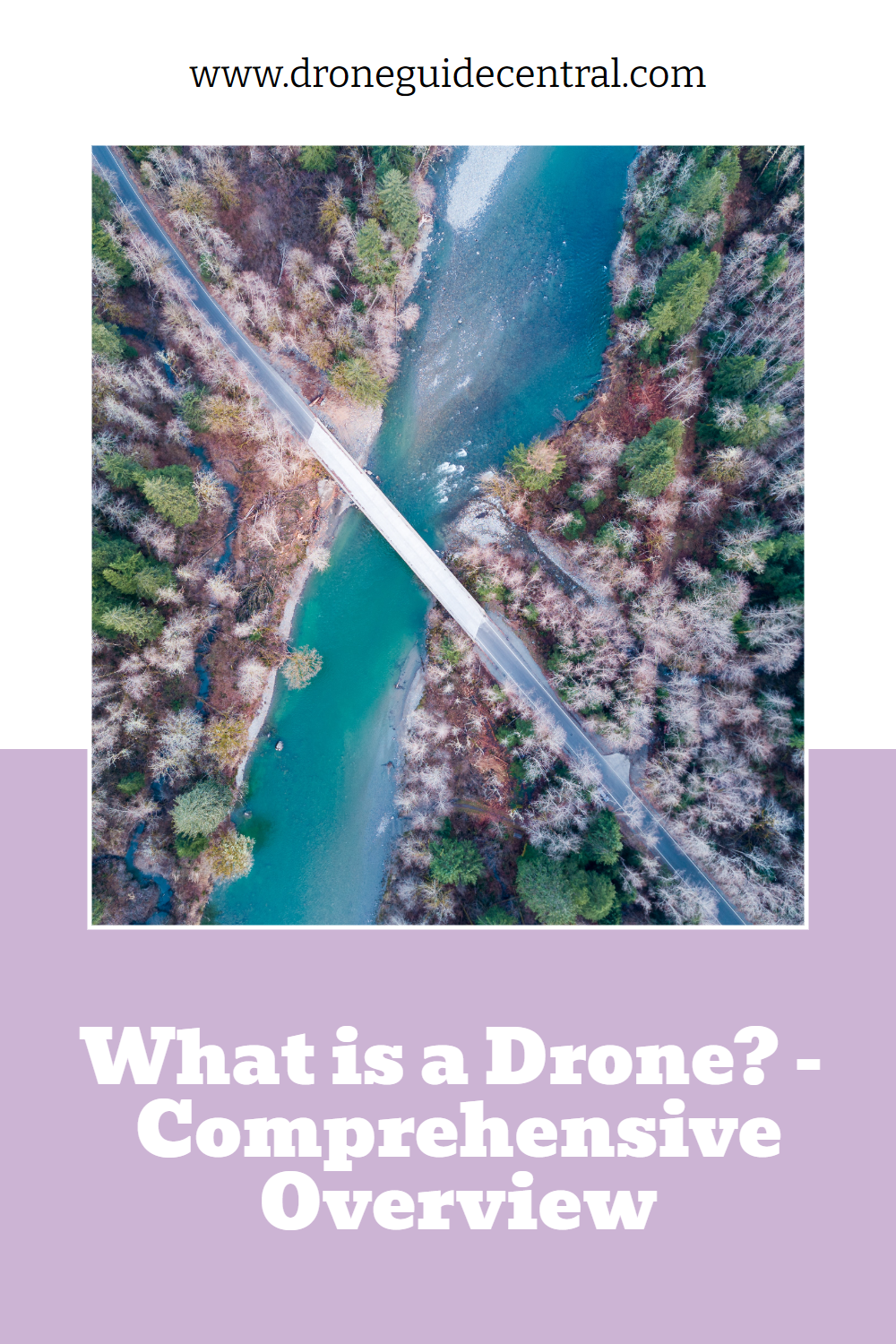
Copyright © Drone Guide Central - All Rights Reserved 2024

